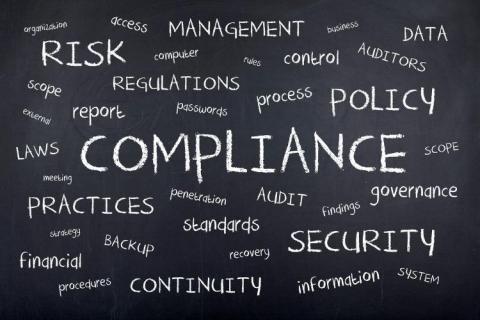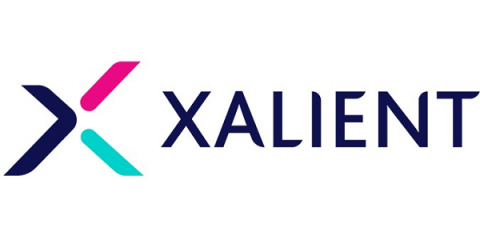SOC 2 Compliance as a Selling Point: How It Helps Your Business Stand Out
There's a powerful strategy that can set your business apart from the competition and make you the go-to choice for clients who prioritize security and reliability. Most companies overlook it, yet it's one of the simplest ways to win more deals and increase your credibility.











